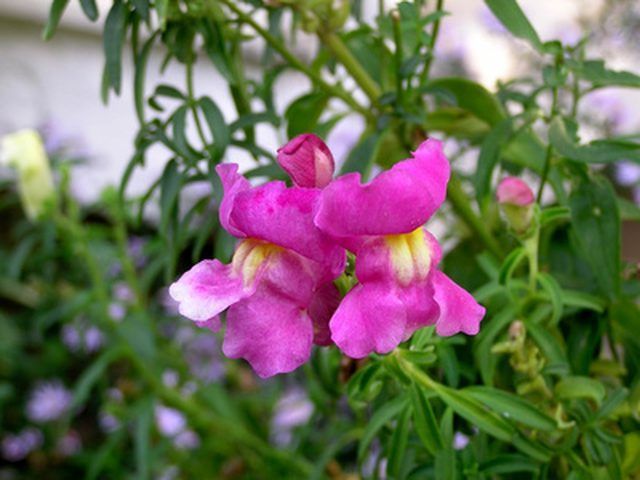Bulbs
Flower Basics
Flower Beds & Specialty Gardens
Flower Garden
Garden Furniture
Garden Gnomes
Garden Seeds
Garden Sheds
Garden Statues
Garden Tools & Supplies
Gardening Basics
Green & Organic
Groundcovers & Vines
Growing Annuals
Growing Basil
Growing Beans
Growing Berries
Growing Blueberries
Growing Cactus
Growing Corn
Growing Cotton
Growing Edibles
Growing Flowers
Growing Garlic
Growing Grapes
Growing Grass
Growing Herbs
Growing Jasmine
Growing Mint
Growing Mushrooms
Orchids
Growing Peanuts
Growing Perennials
Growing Plants
Growing Rosemary
Growing Roses
Growing Strawberries
Growing Sunflowers
Growing Thyme
Growing Tomatoes
Growing Tulips
Growing Vegetables
Herb Basics
Herb Garden
Indoor Growing
Landscaping Basics
Landscaping Patios
Landscaping Plants
Landscaping Shrubs
Landscaping Trees
Landscaping Walks & Pathways
Lawn Basics
Lawn Maintenance
Lawn Mowers
Lawn Ornaments
Lawn Planting
Lawn Tools
Outdoor Growing
Overall Landscape Planning
Pests, Weeds & Problems
Plant Basics
Rock Garden
Rose Garden
Shrubs
Soil
Specialty Gardens
Trees
Vegetable Garden
Yard Maintenance
Angelonia Plant Care
Angelonia Plant Care. Angelonia plants can add color and texture to a flower bed for the summer. They grow well in zones 10 and 11. When planting angelonia plants, it is important to estimate their full-grown height when planning the flower bed. Angelonia plants can grow up to 2 feet tall. This makes them a good backdrop for a flower bed or a...

Angelonia plants can add color and texture to a flower bed for the summer. They grow well in zones 10 and 11. When planting angelonia plants, it is important to estimate their full-grown height when planning the flower bed. Angelonia plants can grow up to 2 feet tall. This makes them a good backdrop for a flower bed or a center focal point. Angelonia are resilient plants that are easy to care for and are good for beginning gardeners.
Location
Angelonia plants will grow the best in full sun. When selecting a location in the flower bed or landscaping, take care not to plant them where they will be overshadowed by other plants. The soil should be able to drain well. If planted too early, cold temperatures can delay or limit the growth of angelonia plants.
Watering
Angelonia plants can handle drought well and should be watered regularly. However, it is important not to allow water to collect around their roots. Too much water can cause damage to the roots. They can handle drought well and should not suffer if a watering is missed.
Fertiliztion
Fertilization isn't necessary for angelonia plants to grow well. However, if the soil is lacking in nutrients, it may be beneficial. However, fertilizer should be applied after flowers have been harvested. The extra nutrients from the fertilizer will help the plant to start new shoots for new flowers. Using too much fertilizer can damage angelonia plants, so fertilizer should be applied only on occasion.
Blooms
The blooms of an angelonia plant come in a variety of colors. They look like snapdragon blooms and can be harvested for bouquets. Angelonia plants are self cleaning and do not require deadheading to continue to bloom and look good. The blooms and foliage are fragrant and can provide a pleasant scent to a bouquet.
Pests
Angelonia plants don't have many pests to deal with most of the time. However, large numbers of aphids, whiteflies or thrips can become a problem. Rarely do large enough numbers of these pests congregate to cause a real threat to angelonia plants. Pesticides can be used to aid the plant if any of the pests become a big problem.